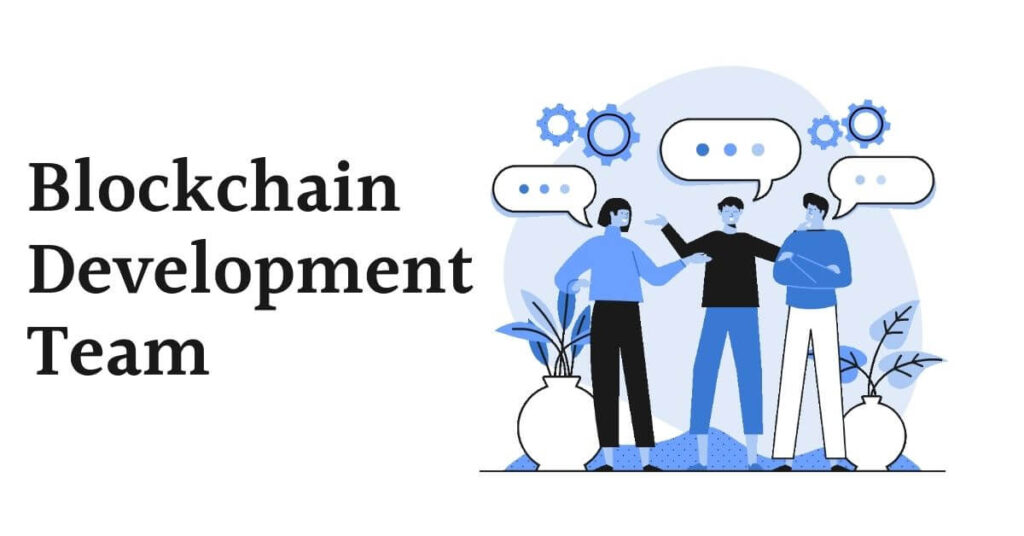A new technology—blockchain—is powering the world of Cryptocurrencies.
And one of the most exciting ways to use blockchain is in cross-border payments. In this post, we’ll break down how payments on blockchain work cross-border.
What Is A Blockchain?
Table of Contents
Blockchain is a distributed database. It maintains a continuous list of records known as blocks. Each block contains a link to the previous block and an algorithmically generated timestamp.
Blocks are created by validating transactions and connecting them to form data chains that are very difficult to forge because of cryptographic principles. All network participants have access to this record.
Blockchain In Cross-Border Payment—Stats
- By 2025, blockchain will facilitate 745 million B2B cross-border transactions.
- Twenty-four percent of cross-border remittances in the United States are sent via cryptography.
How Does Blockchain Work In Cross-Border Payments?
Blockchain is based on the concept of a shared, cryptographically secure record of events to protect data from unauthorized access or tampering.
It makes cross-border payments more secure by requiring confirmation from multiple parties before any transfer occurs.
Instead of using a centralized database maintained by one party (like a bank), blockchain uses a computer network that stores identical copies of the same ledger. The decentralized nature of the technology means there’s no single point of failure—if one computer fails, there are still others in the network to pick up its load.
The beauty of blockchain technology is that it allows for transparency throughout the process. With this, each person making a cross-border payment can view all their transactions, including those of others involved in the same payment.
It makes it possible for both parties to see how much money is being sent and where it’s going. It helps them avoid fraud or other illegal activity that might otherwise occur without transparency.
What Is The Process For Blockchain-Based Cross-Border Payments?
Let’s look at the breakdown of the process for blockchain-based cross-border payments:
- The sender and receiver set up their wallets in their respective countries.
- Then, the sender directly transfers the funds from their wallet to the receiver’s wallet in real time.
- A blockchain enables peer-to-peer (P2P) transactions without needing third parties like banks or payment processors to intermediate between senders and receivers.
- Though a service provider may charge some standard fees, transferring funds involves no additional fees.
- Blockchain uses cryptography to ensure each transaction is valid.
- Both parties can see what’s happening anytime, speeding things up without losing transparency or trustworthiness.
- A blockchain further creates an immutable digital record of each transaction, making fraud difficult or impossible.
- Once the receiver receives the money, they can use their funds as needed, knowing they are secure.
- Blockchain technology records every transaction made on its ledger chronologically. It makes it easy for the sender and receiver to verify the legitimacy of any transaction.
Also Read, Cryptocurrency Revolutionizing Business
Conclusion
A blockchain is yet to be a complete substitute for traditional financial institutions, but it’s certainly on its way.
The technology has proven helpful in moving money across borders and making international payments more secure by requiring confirmation from multiple parties before any transfer occurs.




